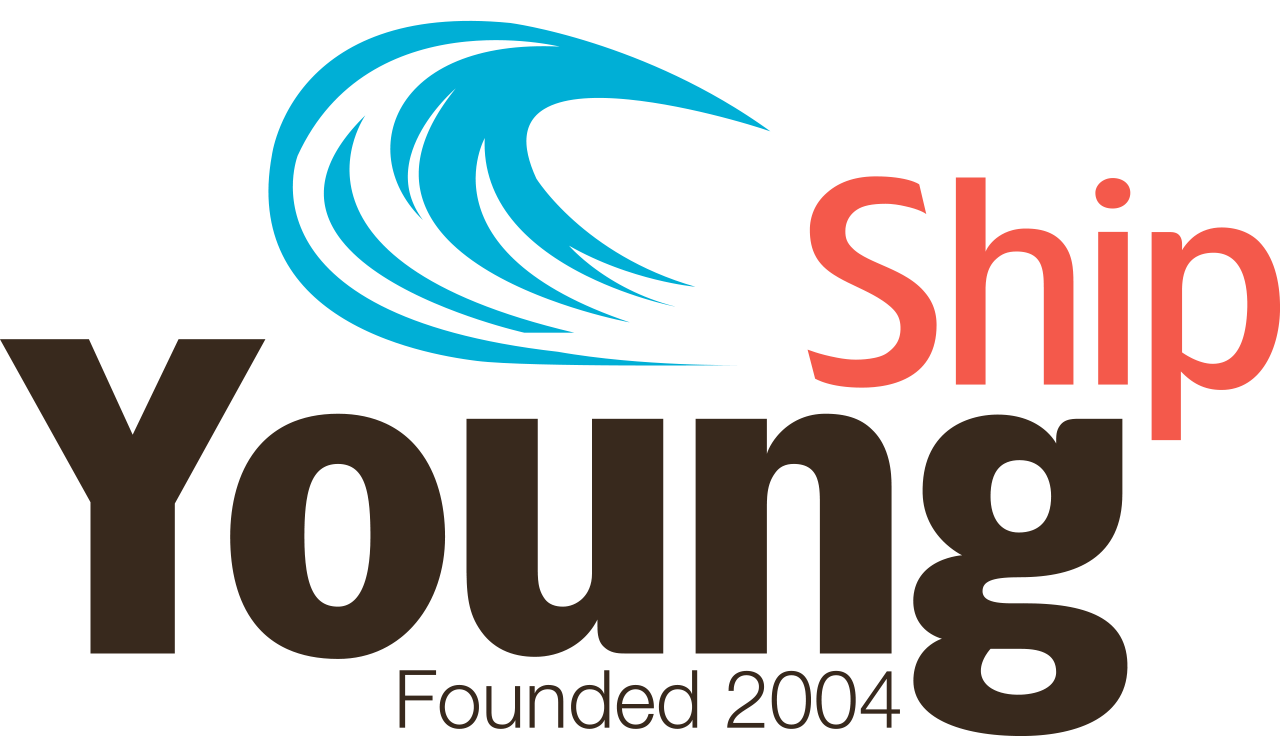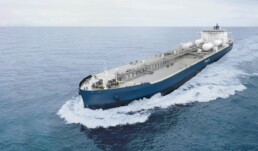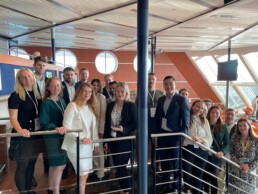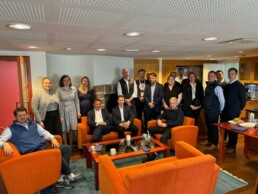The low carbon story – part one
What are my options?
We have recently been working with several development projects, but also with many actual commercial projects, which are aiming for zero or very low carbon operation in future years. I recently said in an article in Motorship, “it's exciting to be an engineer today”. Indeed, all those years working for energy saving and emission reductions in a small team and finding ways to include the necessary analysis in our commercial products because it’s the right thing to do… well, now all those analysis methods are being put to work in all our projects. And those technologies that could not make it to projects due to demand for pay-back time in 2-3 years suddenly become feasible if we expect that the cost of carbon-neutral or low-carbon shipping will be high, as we calculated with DNV and partners in our latest joint industry project.

Figure: Example result from the JIP with DNV, Deltamarin, Total and Minerva Marine: Total cost of ownership for a medium-range (MR) tanker with different fuel and technology options.
So yes, it’s great to be an engineer today! I was thinking of fast-tracking some ideas and things that I have learned during the past 1-2 years in the field of low-carbon shipping. So, read this if you are interested in reducing the carbon footprint of ships! This blog series is also be a small part of a new upcoming Elsevier book Sustainable Energy Systems on Ships, which will provide holistic views on modern energy-efficient technologies and design methods in shipping.
Zero-carbon or carbon-neutral?
When aiming for an extremely environmentally efficient ship, the options are numerous and there are many choices to be made regarding the ship’s main engines and fuel. The first step in the process, as in regular energy efficiency projects, is to define the goal for the project. The goal might be to follow the generic vision of the IMO or global trends to reach carbon neutrality or a certain level of carbon intensity. This goal can be set for a single ship or an entire fleet transport assignment. It is also important to separate single vessel development from total fleet development.
The figure below shows a conceptual example of a total fleet carbon intensity assessment, which is always based on the actual performance data of ships, including existing vessels, and projection to new fleet development. The figure also illustrates the main reasons for improved carbon performance in the example case with a new fleet slowly replacing the older one. Our example case analysis also reveals a trend that is evident in the IMO studies and in our other development projects: it is possible to reach 30-40% reductions in ship carbon intensity with fossil-based fuels thanks to energy saving in operation and good design. Regarding fuel choices that are relatively common today, LNG as a fuel has a lower carbon footprint than diesel. LNG alone could be a future-proof and carbon-neutral fuel if it is based on bio-stock or produced synthetically with captured carbon and green electricity. The same naturally goes for any other fuel, so it is likely that in the future more attention will be paid to the total well-to-wake assessment of a ship’s fuel environmental footprint, so we as a design company have started to prepare such an analysis in our projects.
In the news, I’ve recently seen now many shipping companies setting out their vision and ambition for future environmental performance, and in some cases concrete projects have been published afterwards. This kind of continuous strategic goal setting and evaluation process is important for actual decarbonisation work, since the applied technologies and fuels will surely change in the future, when more regulations, infrastructure and knowledge are available.

Figure: Summary of the main reasons for the development in fleet carbon intensity for an example fleet including both existing vessels and a prediction of introducing new ships to the fleet.
Technical steps to take
With or without a larger total fleet assessment, major improvements in carbon intensity are always realised as projects, retrofits or newbuilds. No matter how well specified the methods for decarbonisation are for technologies or fuel choices, there is usually one common denominator. For a commercial operator, overall business must be healthy for all future vessels, so future-proofing of the fleet by performing various analyses on the possible scenarios is a useful method in the process.
Shipping decarbonisation can be technically divided into three categories: operational optimisation, design and equipment optimisation and low-carbon fuel alternatives. From my perspective, all of these should be considered simultaneously for a successful project, both in the case of newbuilding and retrofitting, at least, if the aim is for cost-efficient decarbonising of the ship. In practical design work, we use a specialised cost-benefit analysis in the process of helping ship owners or operators to find the most profitable solutions to increasing ship sustainability. The key elements in the cost-benefit analysis are system level energy simulation work combined with cost modelling.
The process begins by setting out the project goals regarding the ship’s level of sustainability or decarbonisation and reviewing the most probable elements that can be considered in the process. For instance, if the expectation is that the ship will have in place the infrastructure for a specific fuel such as sustainably produced ammonia in the future, such as in the latest project by Höegh Autoliners, this represents one of the key alternatives requiring analysis. It is crucial to recognise the components in the design that should be included in the design process from the start and which are items that can be retrofitted at a later stage. Significant elements in ship design that influence ship layout and costs, such as the main machinery, are the focus of the work, but it is important also to consider the essential ship auxiliaries, such as heating systems, energy storages and similar.
Finally
Shipping de-carbonisation is a huge challenge, which requires ship operators to have a strategic process in place that combines awareness of current and potential upcoming legislation, market situation (in this context especially for the fuels available) and fleet technical performance. A ship designer can help in getting the most out of the current fleet and upgrading it cost-efficiently to the level of sustainability required. Getting this done requires a deep understanding of the customer’s business, then we can focus on finding the right technical solutions. I’d be glad to be challenged on my approach and discuss the real opportunities, problems and actual solutions related to a specific case. If this blog has not yet done the trick, wait for the next ones!
My colleague Jarkko already gave an example of cost-modelling supporting the development of new fleet and I will continue with the technical approach in my next two blogs. First, I’ll present a zero-emission ship design, including a zero-carbon fuel. After that I’ll discuss the energy efficient design in a newbuild project, which is always the fundamental building block of any ultra-low-carbon ship.
Published By
R&D Manager at Deltamarin
Reference: https://shop.elsevier.com/books/sustainable-energy-systems-on-ships/baldi/978-0-12-824471-5
Chapter 12
Young Corporation Award 2023
The Young Corporation Award was established in 2012 with the aim of recognizing and celebrating exemplary employers who demonstrate a commitment to nurturing and developing young talent. This initiative not only acknowledges the efforts made by these companies but also serves as an inspiration for other organizations to enhance their focus on the growth and development of young individuals.
The Young Corporation Award is presented annually during ShipCon. This year, the award was given to Van Ameyde Krogius for their commitment to nurturing young talent.
Providing opportunities to the youth is evident through the substantial number of young professionals they have brought on board, fortified in the workforce and by that contributing to the development of the next generation of industry leaders.
What sets them apart is their proactive approach to also provide the younger workforce with the opportunity the represent the company. These individuals, despite their age, consistently serve as ambassadors for Van Ameyde Marine in general, and in this case for Van Ameyde Krogius more specifically in various capacities. Whether it is participating in industry events, engaging with clients, or showcasing their expertise.
Our biggest congratulations to Van Ameyde Krogius!
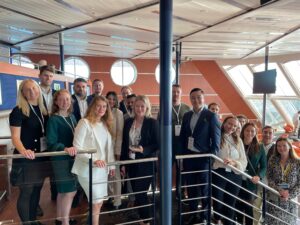
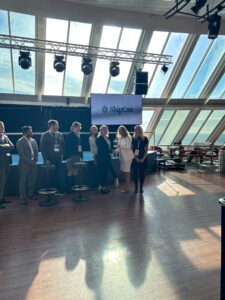
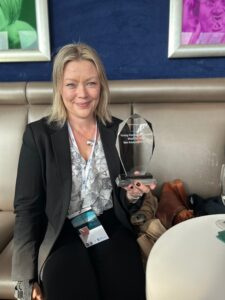
YoungShip Helsinki: A thriving community for young professionals in the maritime industry
YoungShip Helsinki is a non-profit organization for young professionals in the maritime industry. It is part of the global YoungShip network, which has over 20,000 members in over 30 countries.
YoungShip Helsinki was founded in 2011, and it has since grown into a thriving community of over 300 members. The organization aims to provide young people with the opportunity to network with other professionals in the industry, to learn about new developments, and to develop their skills.
YoungShip Helsinki organizes a variety of events throughout the year, including professional seminars, social gatherings, and company visits. These events provide members with the opportunity to meet and learn from experienced professionals, to discover new career opportunities, and to make new friends.
In addition to its events, YoungShip Helsinki also offers its members a number of other benefits, including:
- Access to a global network of young professionals in the maritime industry
- Discounted rates on industry events and conferences
- Mentorship opportunities
- Training and development programs
YoungShip Helsinki is open to anyone under the age of 40 who is working in the maritime industry. If you are a young professional in the maritime industry and you are looking for a way to network, learn, and grow, then YoungShip Helsinki is the organization for you.
YoungShip Helsinki: A gateway to success in the maritime industry
The maritime industry is a complex and ever-changing one, and it can be difficult for young professionals to get their foot in the door. YoungShip Helsinki provides a valuable support system for young people in the industry, and it can help them to achieve their career goals.
YoungShip Helsinki's events and programs give members the opportunity to learn about the latest trends and developments in the industry, to network with experienced professionals, and to develop their skills. This can help members to stand out from the competition and to find new and exciting career opportunities.
YoungShip Helsinki is also a great way to make new friends and to build a network of contacts. The organization's social gatherings and events provide members with the opportunity to meet other young professionals in the industry and to form lasting friendships.
If you are a young professional in the maritime industry, then I encourage you to join YoungShip Helsinki. It is a great way to network, learn, grow, and succeed in your career.
